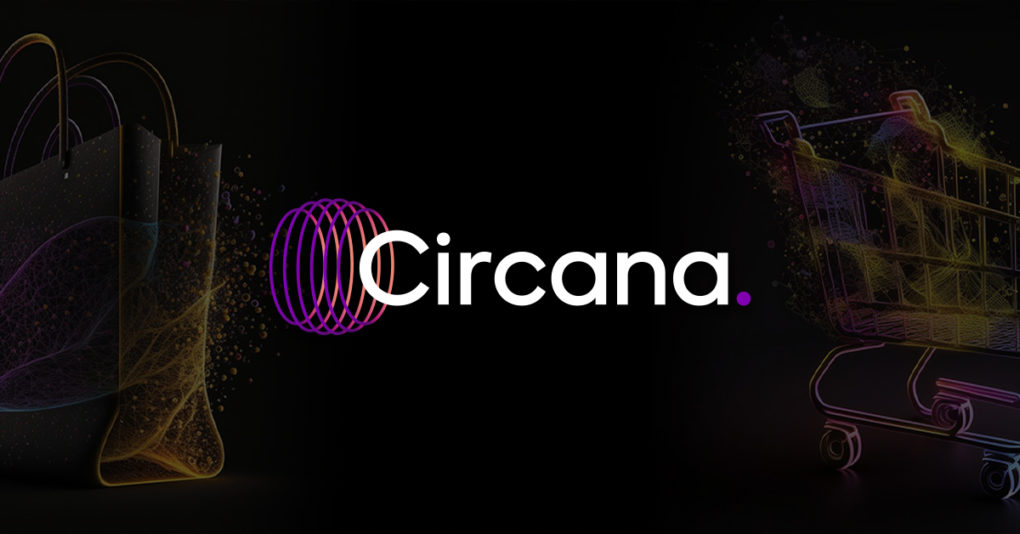
In a webinar Wednesday called Fresh Take for Craft Beverage Alcohol, Scanlon and Deschutes Brewery CEO Peter Skrbek discussed the opportunities and challenges facing bev-alc suppliers with a focus on craft beer.
Here are the top takeaways including how millennials’ views on inflation impacts craft beverages, where consumers are trading down, and what the future holds for RTDs.
Consumers Trade Down in Spirits, Trade Up in Beer
Despite alcohol showing some of the lowest inflationary numbers, nearly half of grocery shoppers surveyed by Circana in January are extremely concerned about the state of food inflation, especially lower-income households, Gen Z and millennials. That latter point is important to craft beer, as millennials are the most likely generation to purchase craft, buying one-third of volume in the last 52 weeks ending May 19 in Circana-tracked off-premise channels (total U.S. multi-outlet plus convenience).
But there’s good news for beer and wine. Unlike spirits, where consumers began downtrading last year, consumers are trading up in beer: The luxury segment is up almost +4% in the first half of 2024 compared to 2023, with Mexican imports contributing to that shift, according to scan data over the last 26 weeks ending June 6.
For spirits, consumers are finding value in lower cost spirit-based RTDs and value brands, as there’s still some “unraveling” of luxury spirits purchasing habits while “the pandemic now fades away from consumer psyche,” said Scanlon.
Slight Increase in Beer-Only Shoppers
Another shift since the pandemic: 25% of consumers purchase a combination of beer, wine and spirits, representing the largest beverage alcohol buyer group. However, that number has declined from 30% during the pandemic. The biggest shift over the last six months is exclusive beer purchasing: 17.5% of shoppers are now only beer drinkers, siphoning from exclusive spirits buyers and cross-category shoppers.
E-commerce Posts Strongest Gains Since 2020
E-commerce represents a small percentage of bev-alc total sales, but the channel experienced its highest growth increase in 2023 (+8% to $977 million) since triple-digit pandemic highs. Top retailers in order of percentage of total sales include:
Total Wine & More: 16.5% of total sales, +7.7% versus 2023
Target: 7.8%, +15.5%
Meijer: 4.3%, +12.7%
Kroger: 2.8%, +9.4%
Albertsons: 1.6%, +15.8%
RTDs in Seventh Inning
RTDs continue to grow, but may be softening. Sales of hard seltzer dipped from $4.7 billion in 2022 to $4.3 billion in 2023. But the RTD category as a whole was up $10.3 billion in sales in 2023 compared to $9.7 billion in 2022, and has now nearly tripled since 2018.
“Where does this end? The growth is clearly minimized from where we were, but I think we’re probably in the seventh inning of this RTD spectrum,” said Scanlon. “This growth rate is probably going to continue on for the next year and a half or so.”